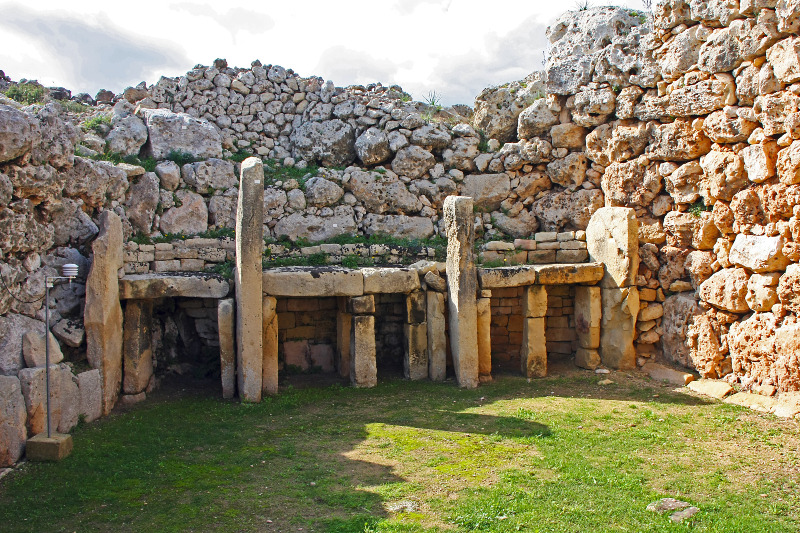About SSFP
About Us
Student Application
Subscribe to Our Newsletter
SSFP in the News
Members of Our Publishers Circle

A mysterious ancient civilization on the island of Malta collapsed within two generations, despite surviving for more than a millennium.
The ancient civilization was known as the Temple Culture, it arose around 6,000 years ago on Malta and other islands in the Mediterranean sea. Groups of scientists analyzed pollen and DNA from skulls and bones that were buried deep in the Earth to find an explanation for the quick collapse. According to a tree ring analysis, the whole region was exposed to horrible climates. This analysis and other research makes up an ongoing investigation into why the civilization collapsed.
Upwards of several thousand people lived on Malta. These people built a strong and successful civilization through collaboration. The people built sacred sites, one of them being Ggantija Temple complex. Their buildings are known as some of the first free-standing buildings. The temples held the people together. Historians assumed the temples honored a mother goddess. However, recents findings led historians to believe the people focused on their worship, feasting, and rituals insteads of on a deity (god or goddess, in ancient Greek). Despite their affective lifestyle, after around 1,500 years, the civilization and its people were gone.
Historians and archeologists are researching how the people lived for so long even through soil erosion and violent storms. Scientists want to discover why the people failed to survive after thriving for a long time. Scientists drilled 30 meters deep on Earth cores to estimate the time period of the soil. They analyzed individual pollen grains using chemicals imprinted by the surrounding environment to understand what the plants were absorbing from the ground.
Other scientists had found thousands of human bones and analyzed them to understand the islanders' lifestyles. They analyzed the bones using ancient DNA (aDNA). Scientists thought that the warmth of any type of climate south of the Alps destroys any type of old DNA, but it seems as the skulls were buried at a very cool five meter depth, the parts still held aDNA within the thick bone behind the ear.
As they explored, the scientists believe the civilizations understood how important it was to manage soil and to prevent starvation. Within hundreds of years, the civilization had to cut down most of their trees. This limited the growth of food and exposed the soil to extreme erosion. For the civilization to be able to survive they raised dairy animals, they took livestock manure and mixed it into soil to make the farmland more productive. Scientists believe they barely ate fish. Nonetheless, despite the hard work of their people centuries passed and the soil erosion and the climate conditions had worsened, which made it hard and almost impossible to live. There was also a new disease that killed off most of the children. The last centuries of the Temple Culture was between 2600 BC and 2400 BC.
The Tempel Culture, despite surviving for so long and scientists trying to figure out how they died, made itself a story to tell in the future. It still shows that the people struggled and eventually died, but they will be remembered as a strong society.
[Sources: Atlas of World History; nytimes.com]
Loading Comments...